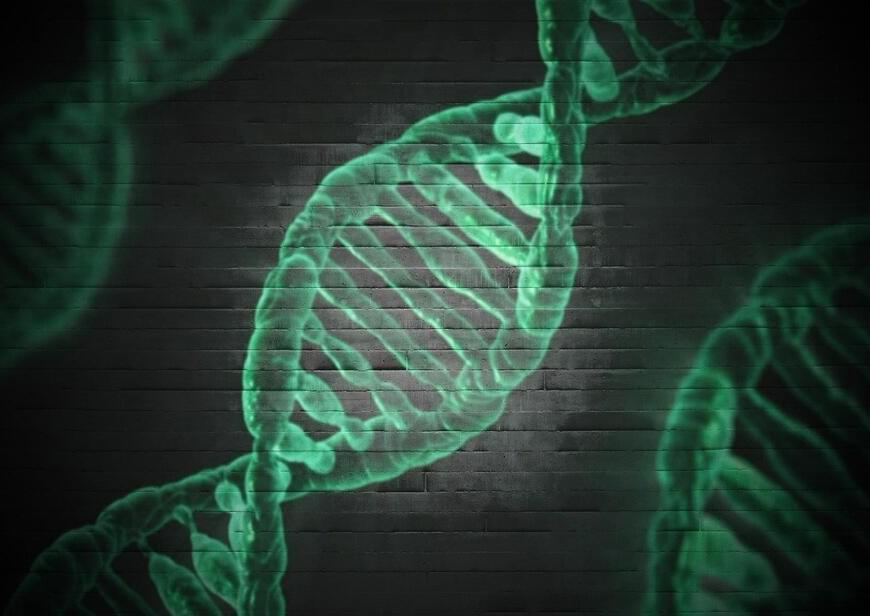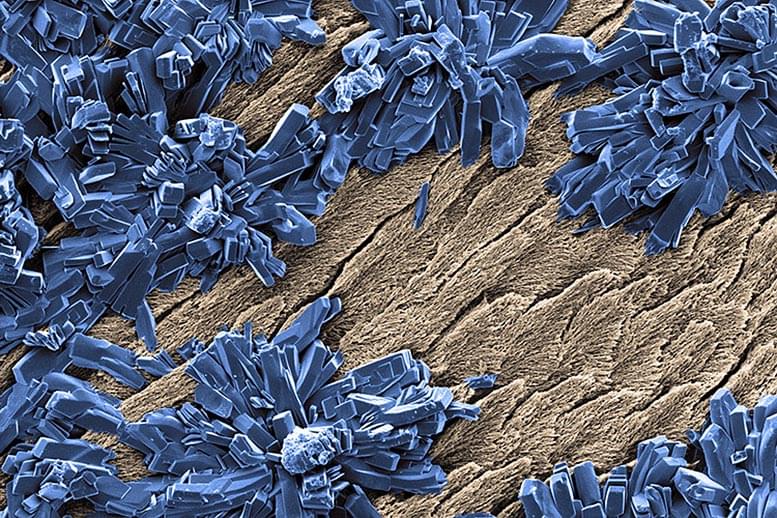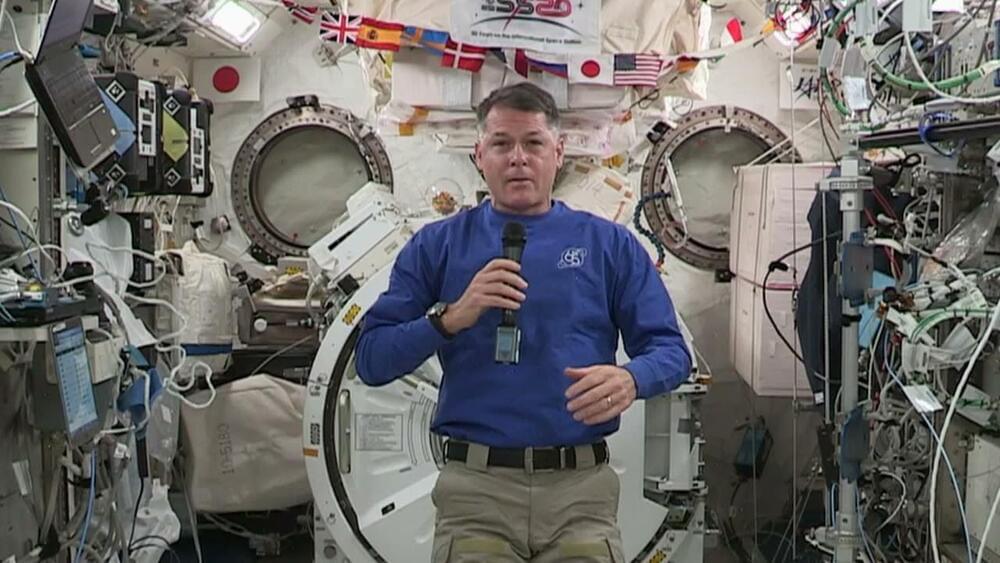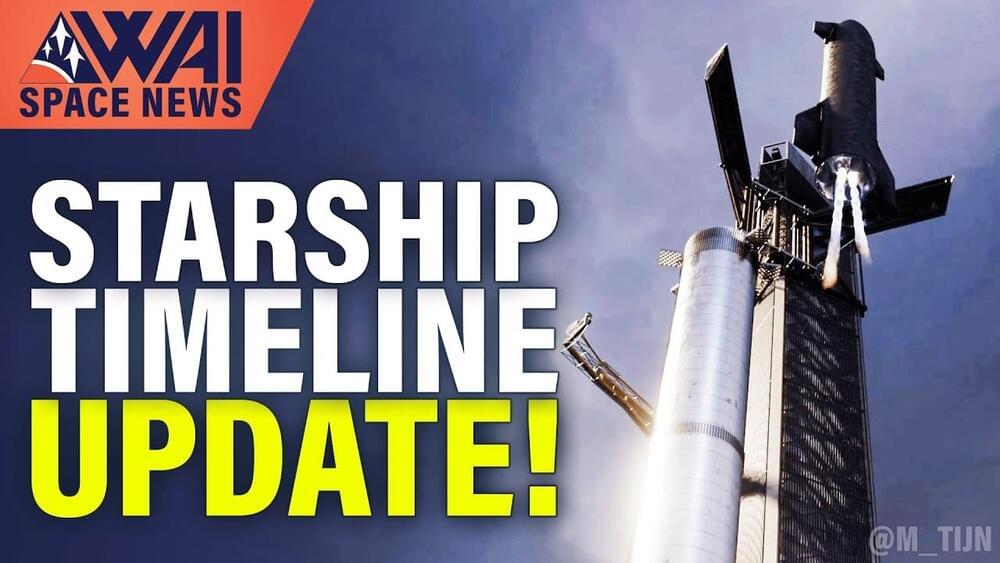This study illustrates how complex the relationship between genes and the environment is. Although our study uses genetic methods, it provides strong evidence that, as well as genetics, the environment really matters when we talk about education.
A child’s educational success depends on the genes that they haven’t inherited from their parents, as well as the genes they have, according to a new study led by UCL researchers.
Funded by the Nuffield Foundation, the study confirms that genes a person inherits directly are most likely to contribute to their achievements in education. But parent genes that aren’t directly inherited, yet have still shaped parents’ own education levels and subsequently influenced the lifestyle and family environment they provide for their children, are also important and can affect how well a person does at school and beyond.
The study, a systematic review and meta-analysis of prior evidence of genetic impacts on educational outcomes, is published today in the American Journal of Human Genetics.









